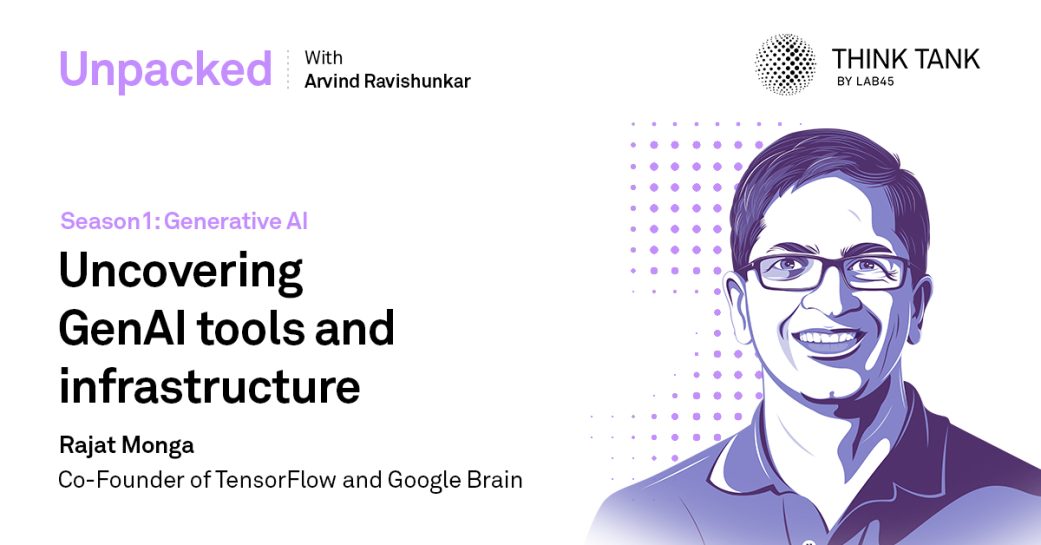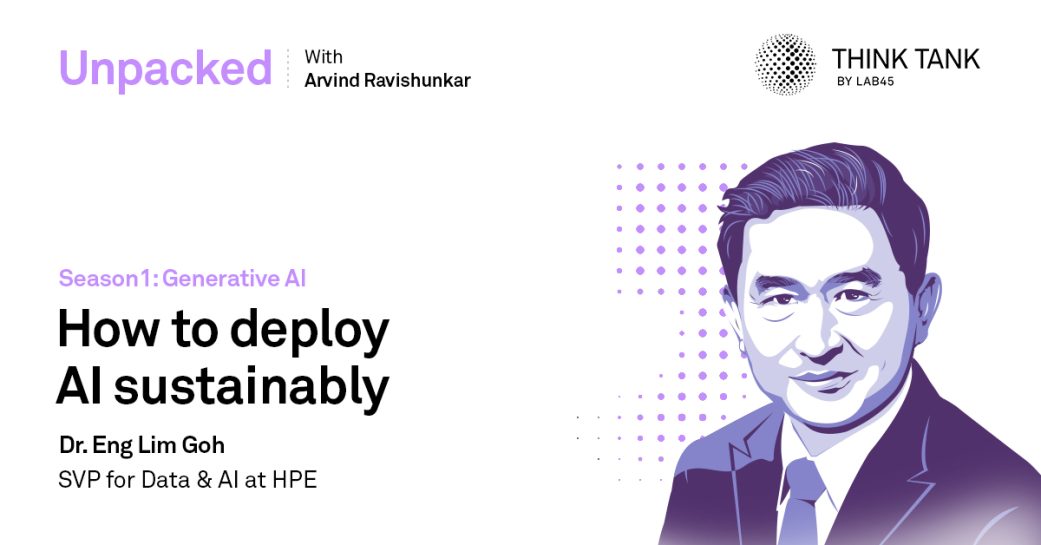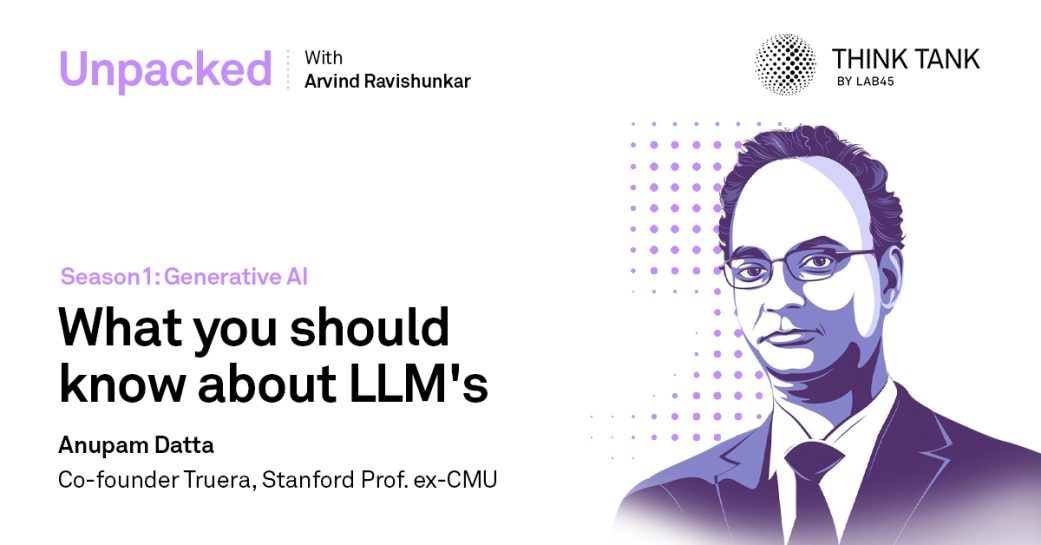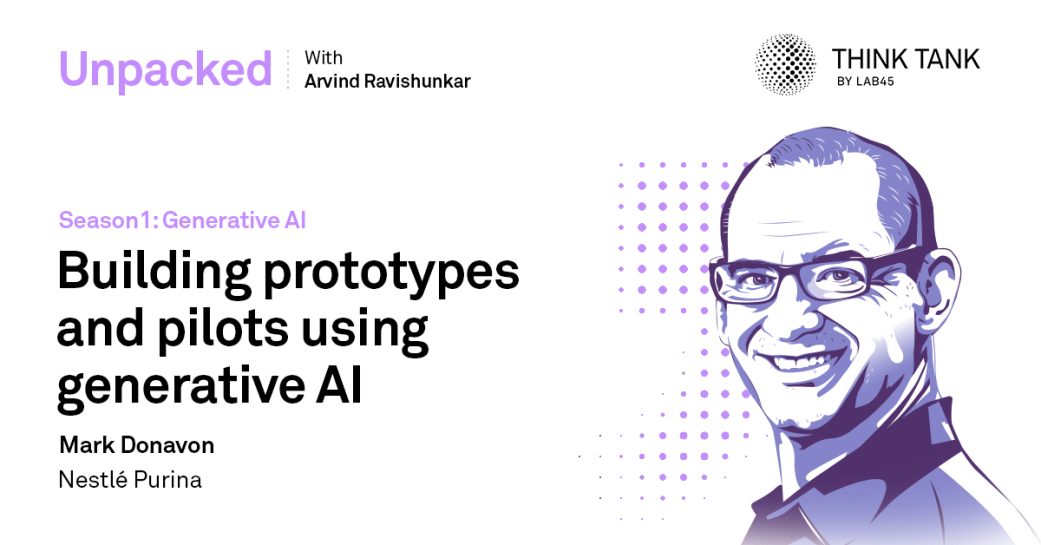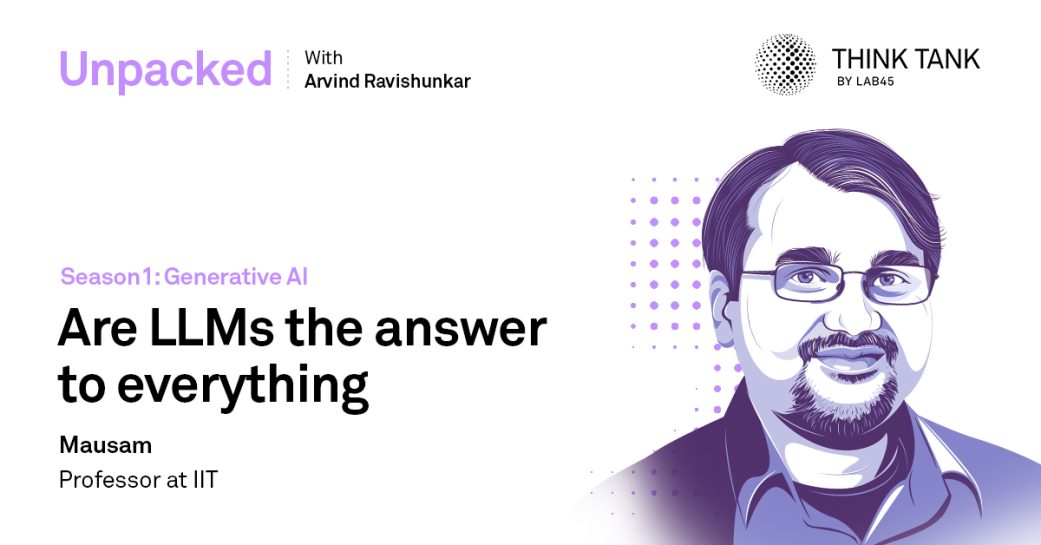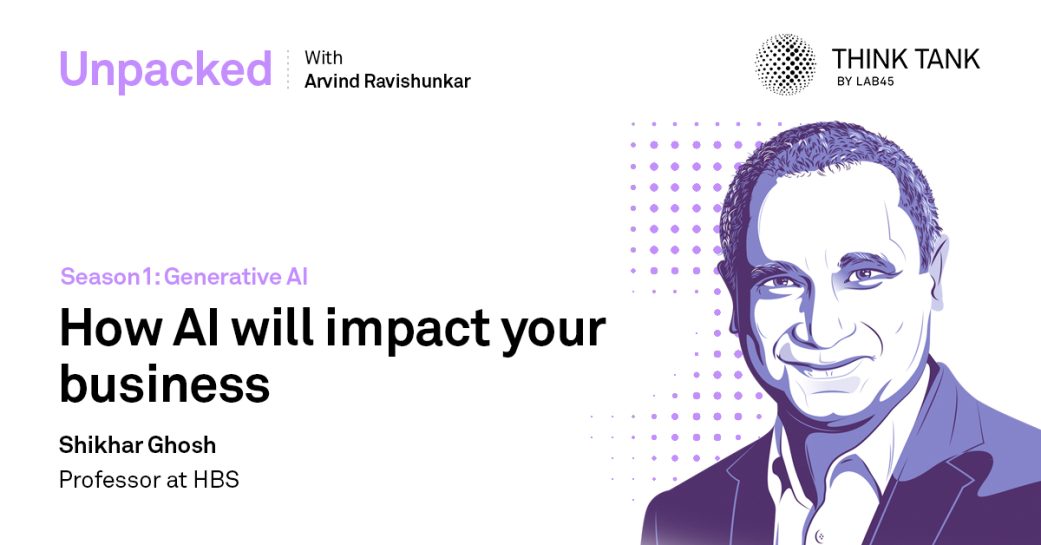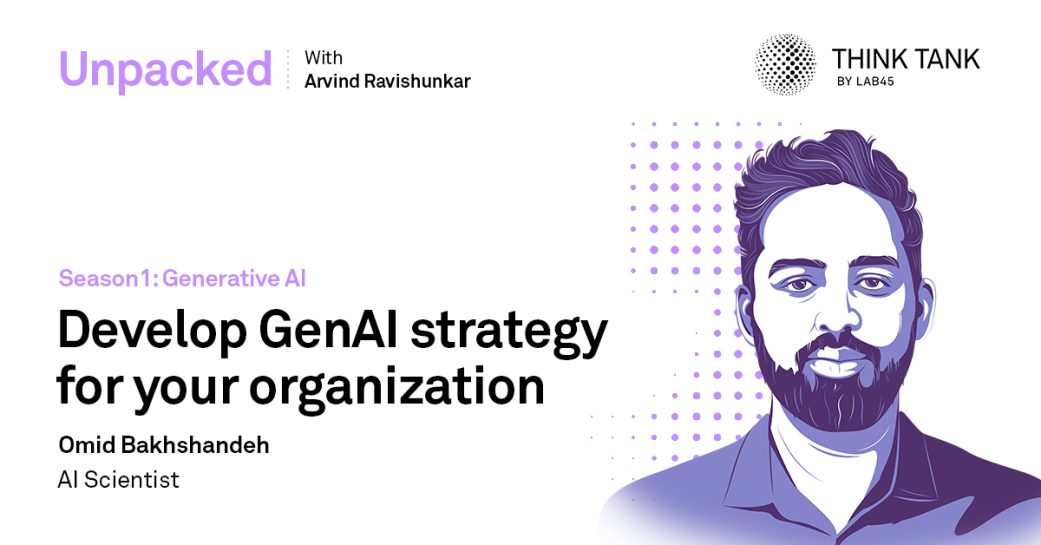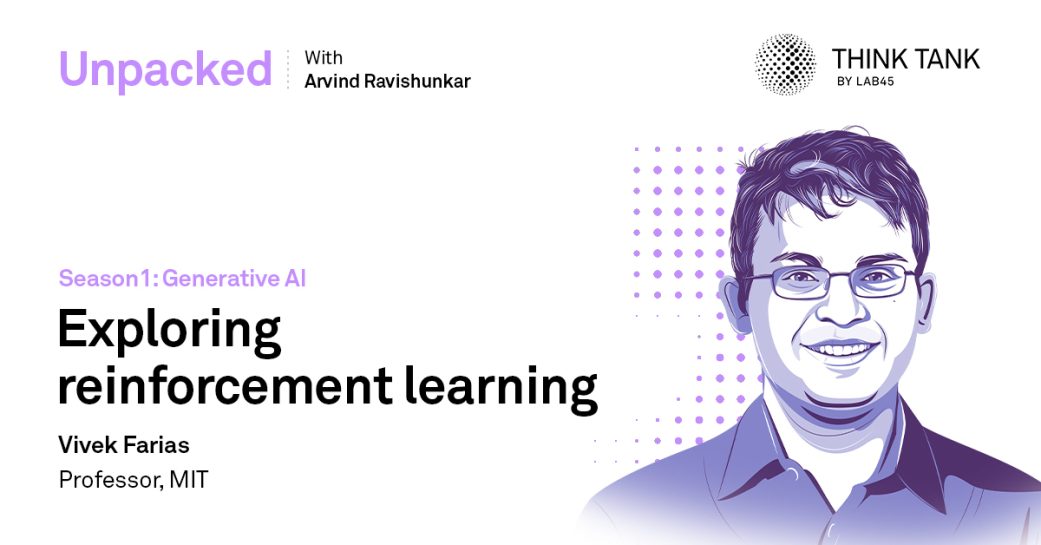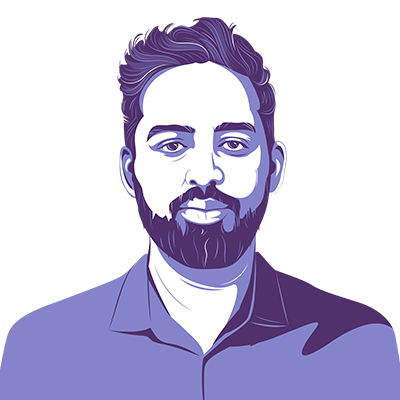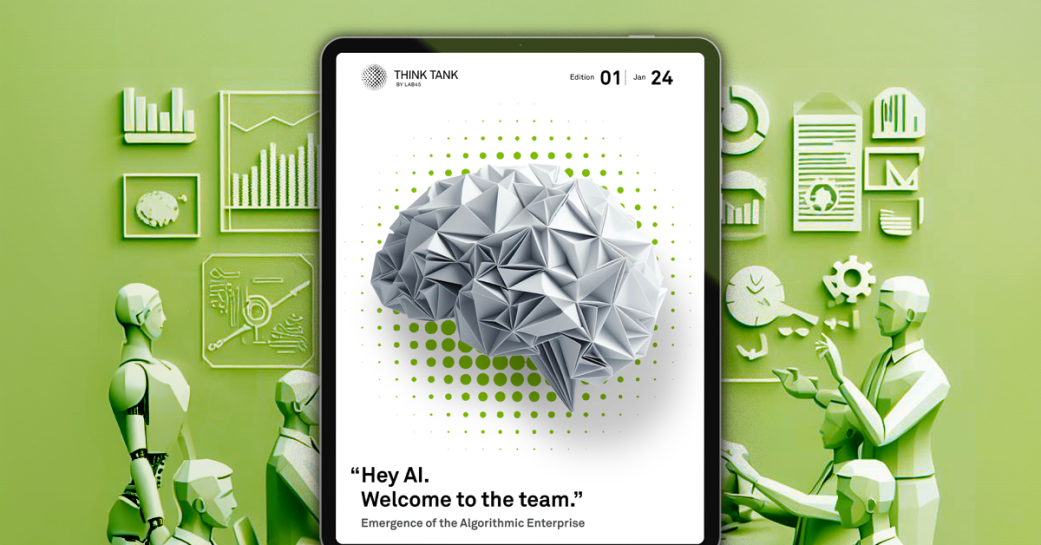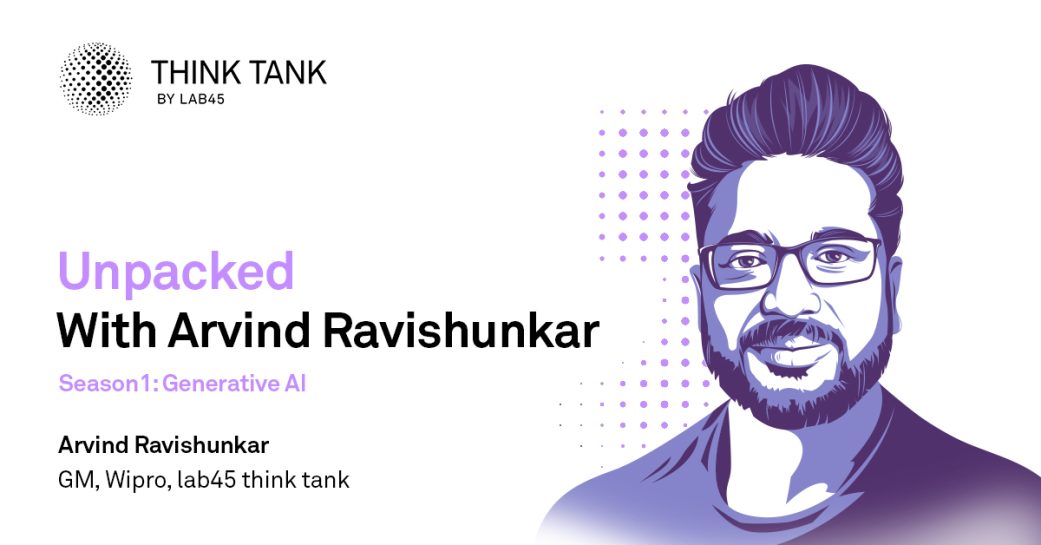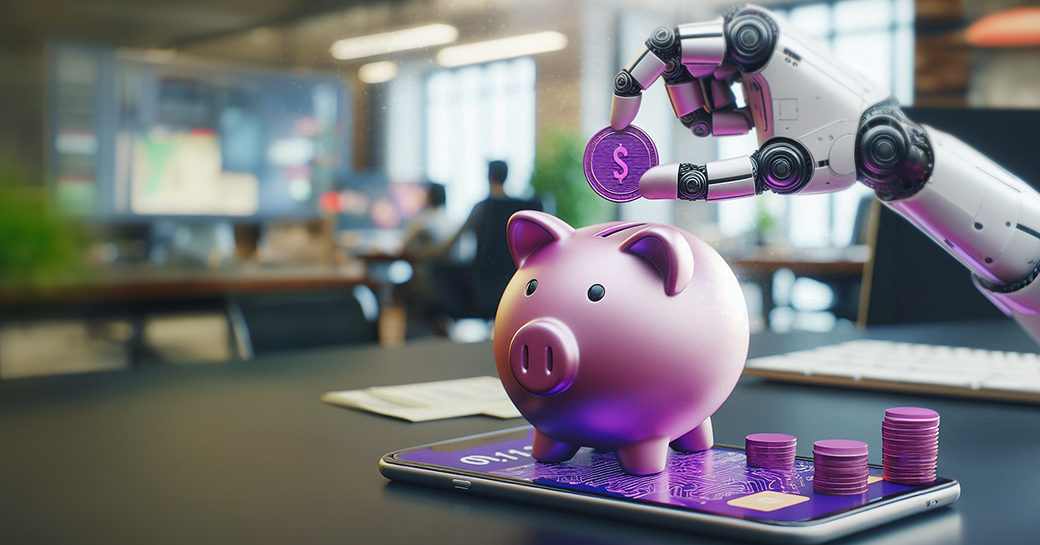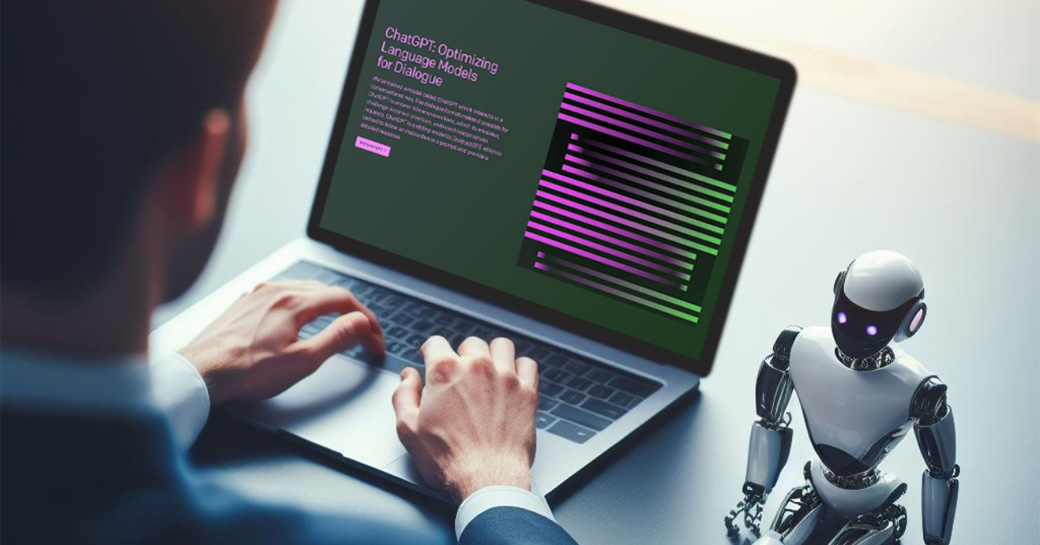How to deploy AI sustainably with Dr. Eng Lim Goh, SVP at HPE
Engaging topics at a glance
-
00:16:45Why is sustainable AI important?
-
00:20:48Apart from power, what else matters for sustainable AI?
-
00:26:12What about e-waste and recycling?
-
00:29:15Why is AI so power hungry?
-
00:32:19What model should business leaders adopt for AI deployment?
-
00:36:47More on energy use by AI
-
00:39:56Choosing the right hardware for AI
-
00:45:08Organizational effort for sustainable AI
-
00:48:56Considerations when deploying AI
Explore the vital link between AI and sustainability as we discuss strategies for eco-conscious AI deployment with Dr. Eng Lim Goh, Senior vice president of Data & AI at Hewlett Packard Enterprise
In this episode of Unpacked, Arvind introduces Dr. Eng Lim Goh, SVP of Data and AI at Hewlett Packard Enterprises, to discuss the topic of sustainable AI. They agree on the importance of being conscious of the planet’s well-being while charting business growth and profitability.
Dr. Goh explains the need for corporations to consider sustainability due to their net-zero goals, the conscious younger generation of employees, and the economic implications of power consumption in supercomputing. He shares his experience of working on the International Space Station and how he realized the importance of a sustainable approach to technology.
So for e-waste, what’s better than, what’s more sustainable than e-waste is to recycle. But in fact, what’s more sustainable than recycle is reuse.
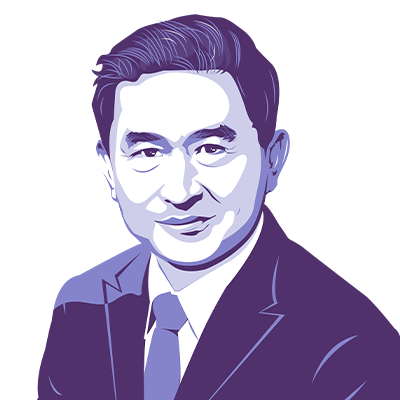
– Dr. Eng Lim Goh
Similarly, he suggests that businesses should consider long-term goals while investing in AI and related technologies, adding that it is important to measure the impact of such efforts quantitatively. He also talks about the importance of collaboration between businesses, governments, and academia to achieve sustainable progress. The conversation then moves on to the topic of energy consumption in AI, and Dr. Goh explains how the power consumption of large models has been a challenge in the supercomputing industry. He suggests that businesses should consider using more efficient hardware and software to reduce energy consumption and how they can approach this. He also mentions the importance of using renewable energy sources to power data centers.
The conversation concludes with Dr. Goh’s vision for the future of AI and sustainability. Dr. Goh emphasizes the need for businesses to consider the long-term impact of their actions and to invest in sustainable technologies. He believes that AI can play a crucial role in achieving sustainability goals and that it is important for businesses to collaborate and share knowledge to achieve sustainable progress.
I shouldn’t say pick the right size model. Pick the right model.

– Dr. Eng Lim Goh
Overall, the conversation highlights the need for businesses to consider sustainability while investing in AI and related technologies. It emphasizes the importance of transparency, collaboration, and measurement in achieving sustainable progress.
Production Team
Arvind Ravishunkar, Ankit Pandey, Chandan Jha



